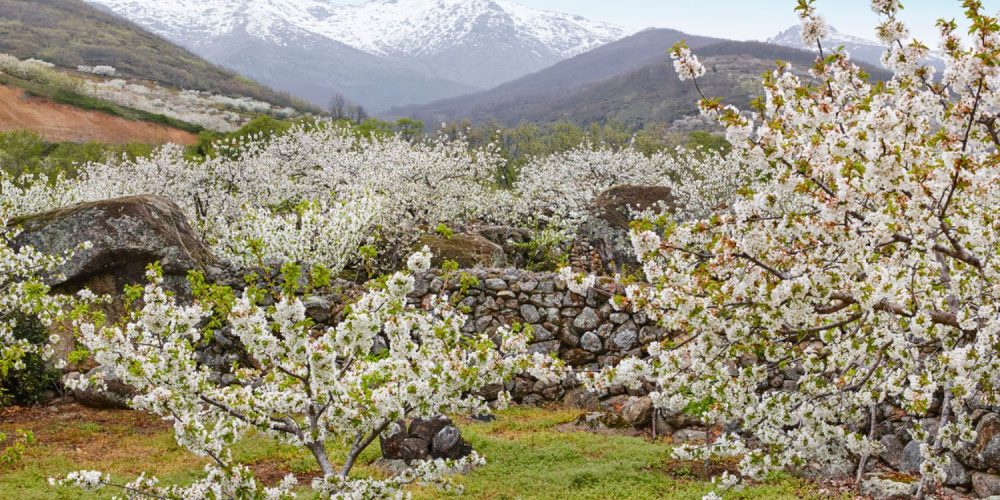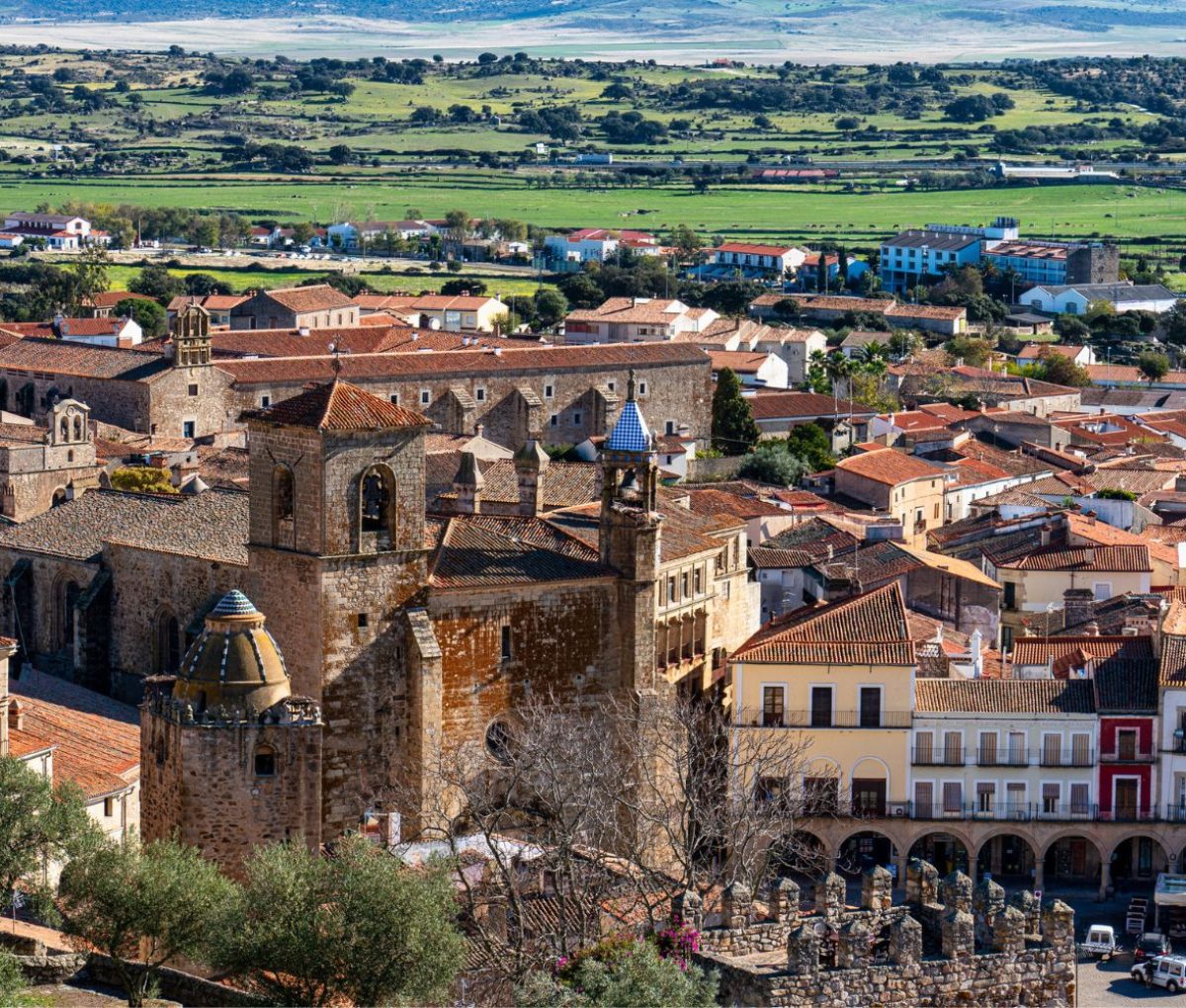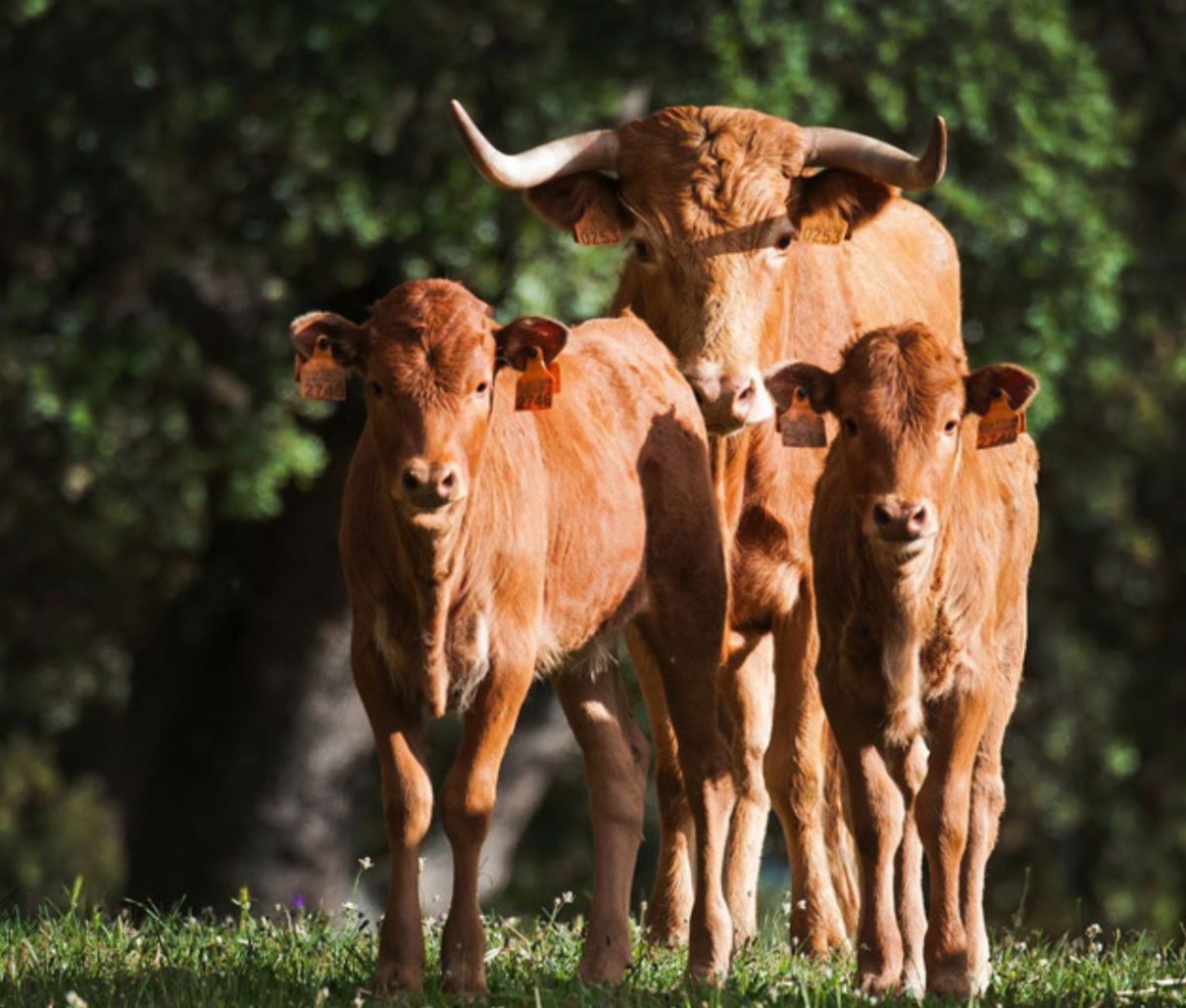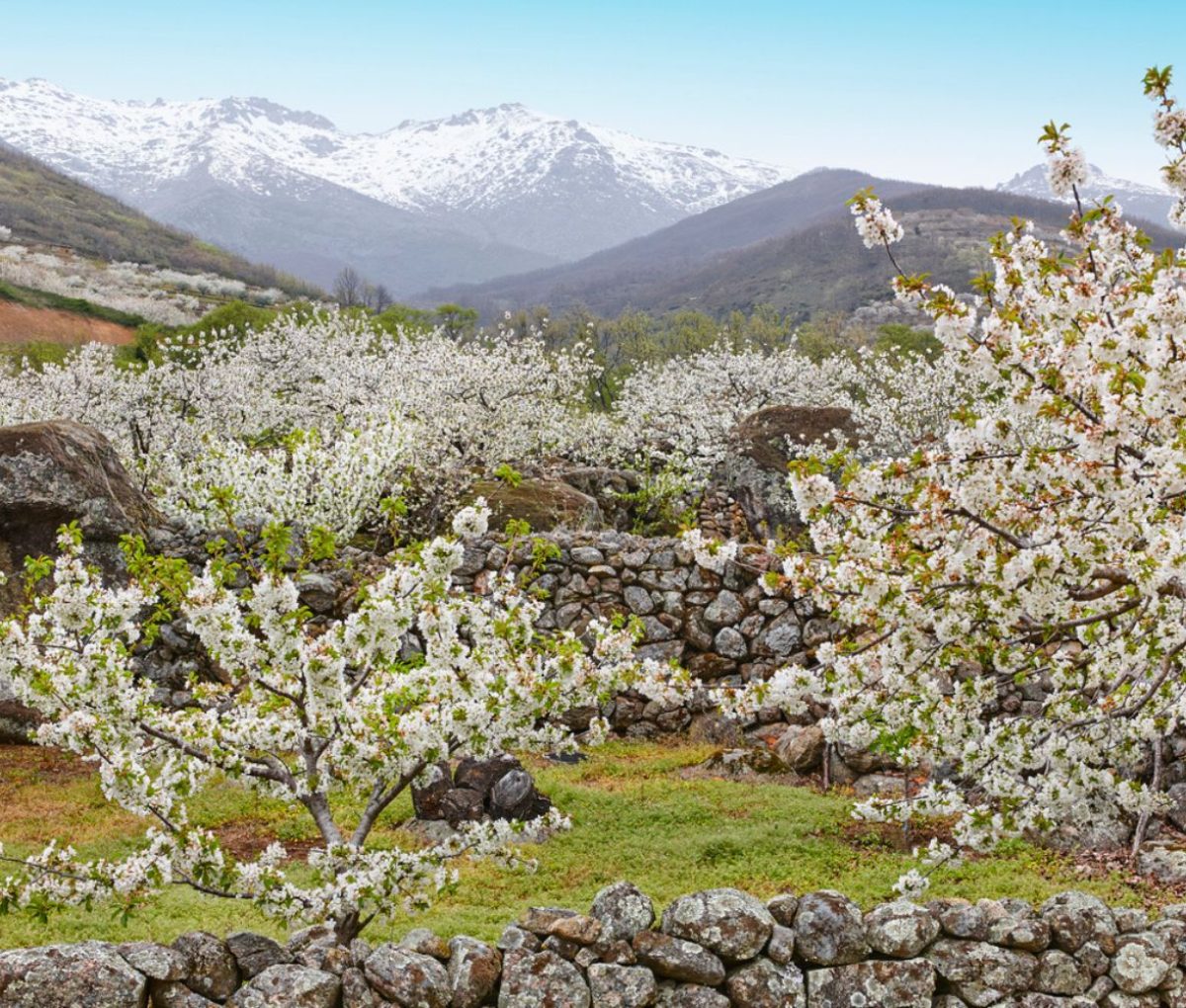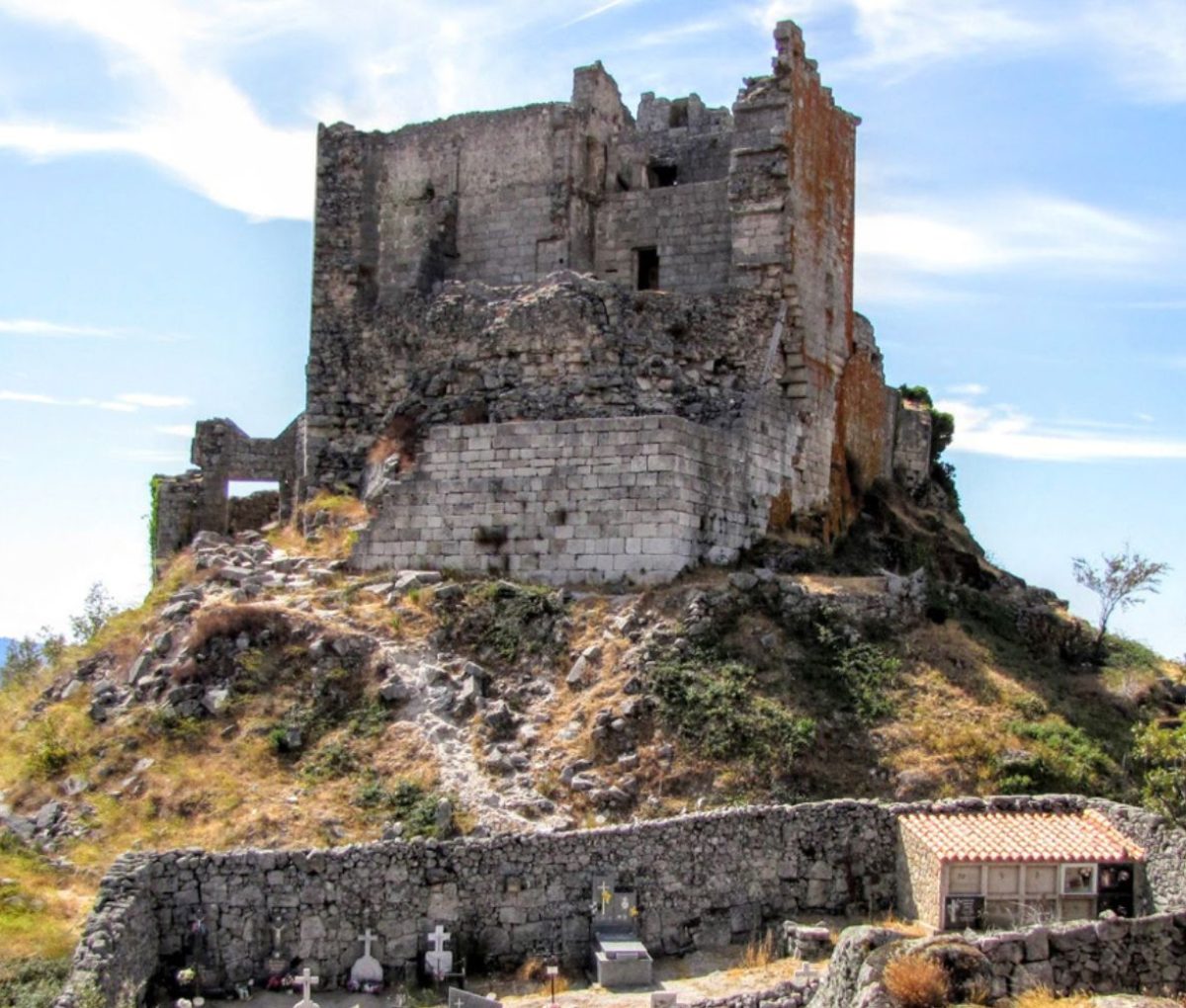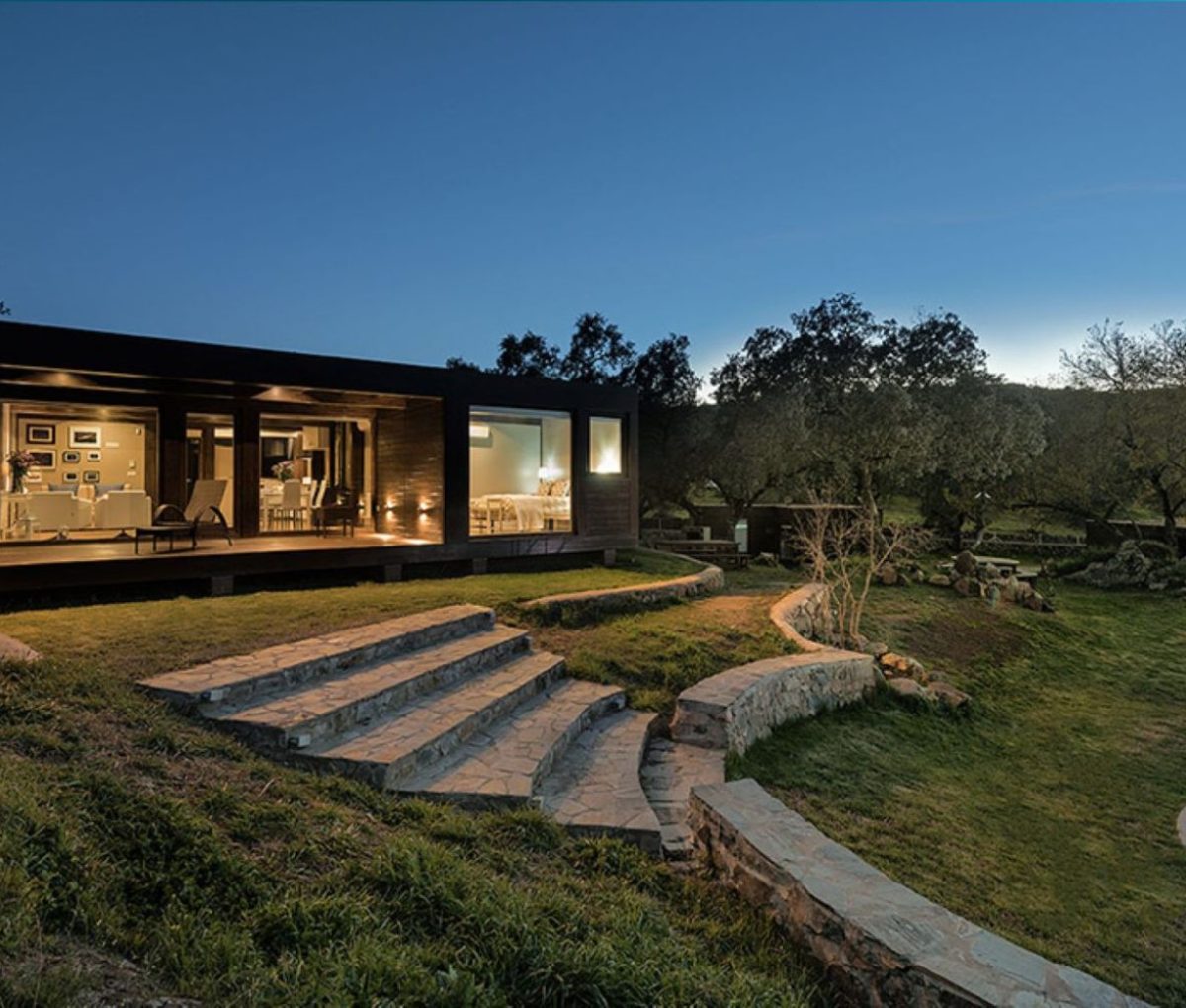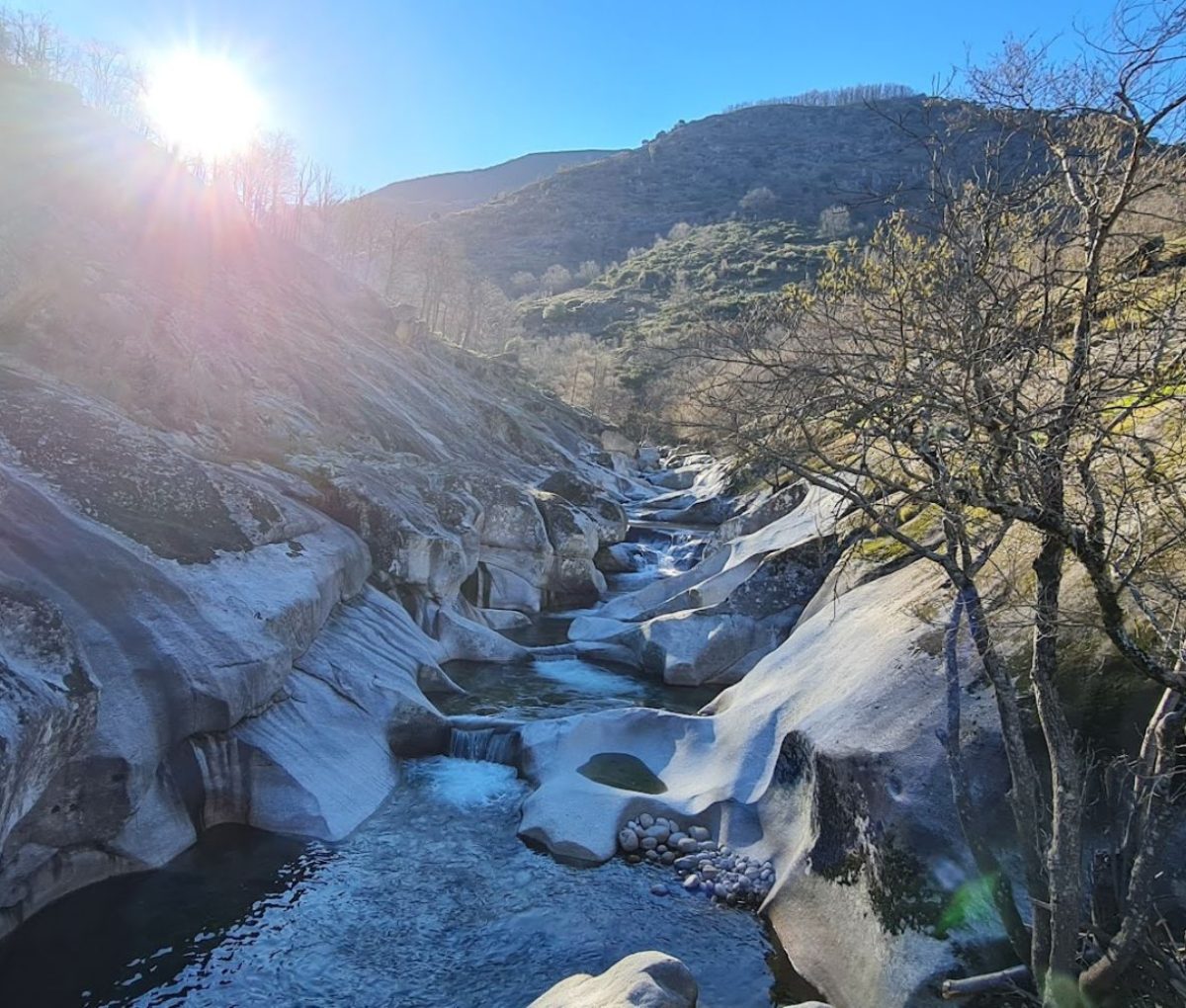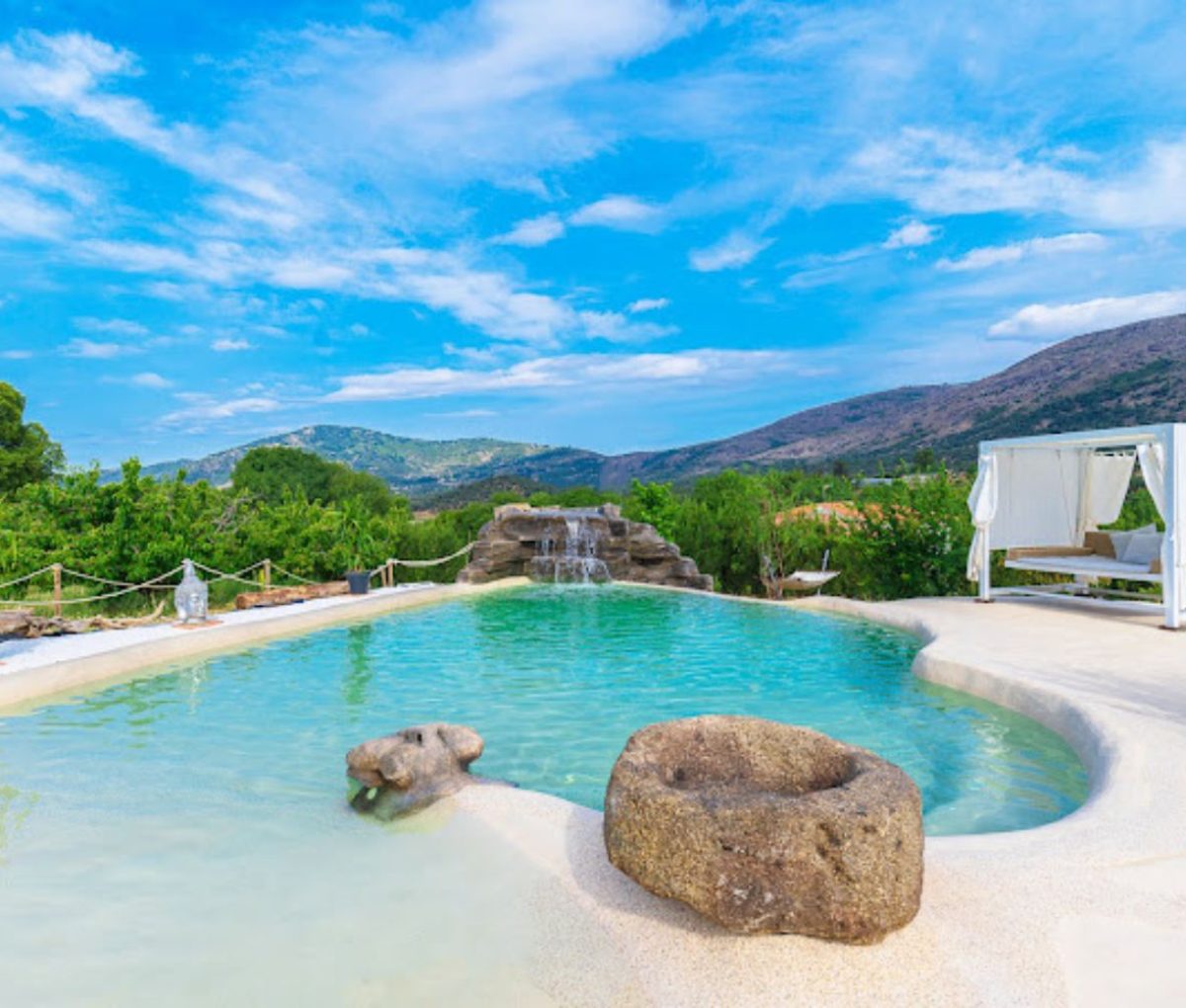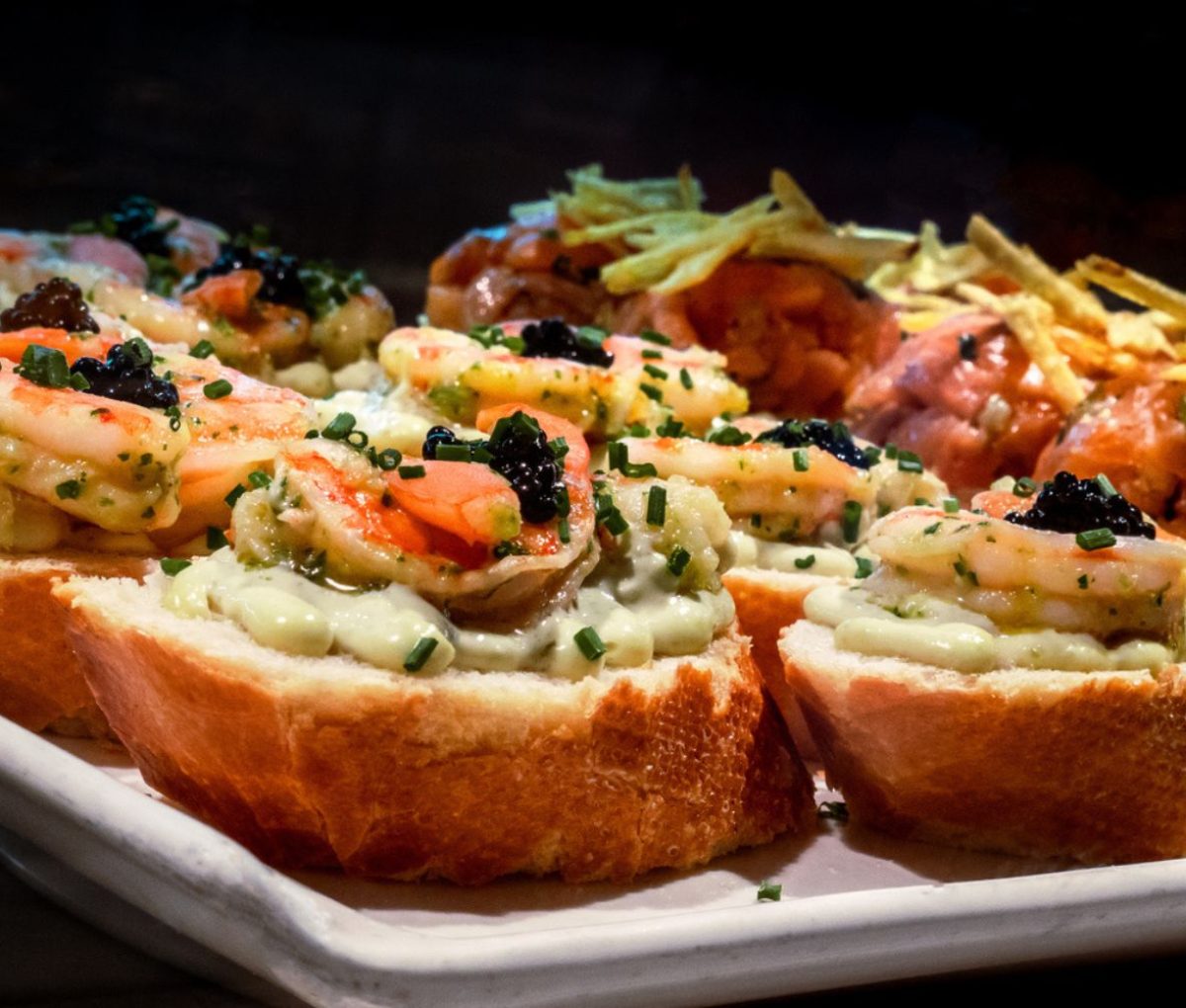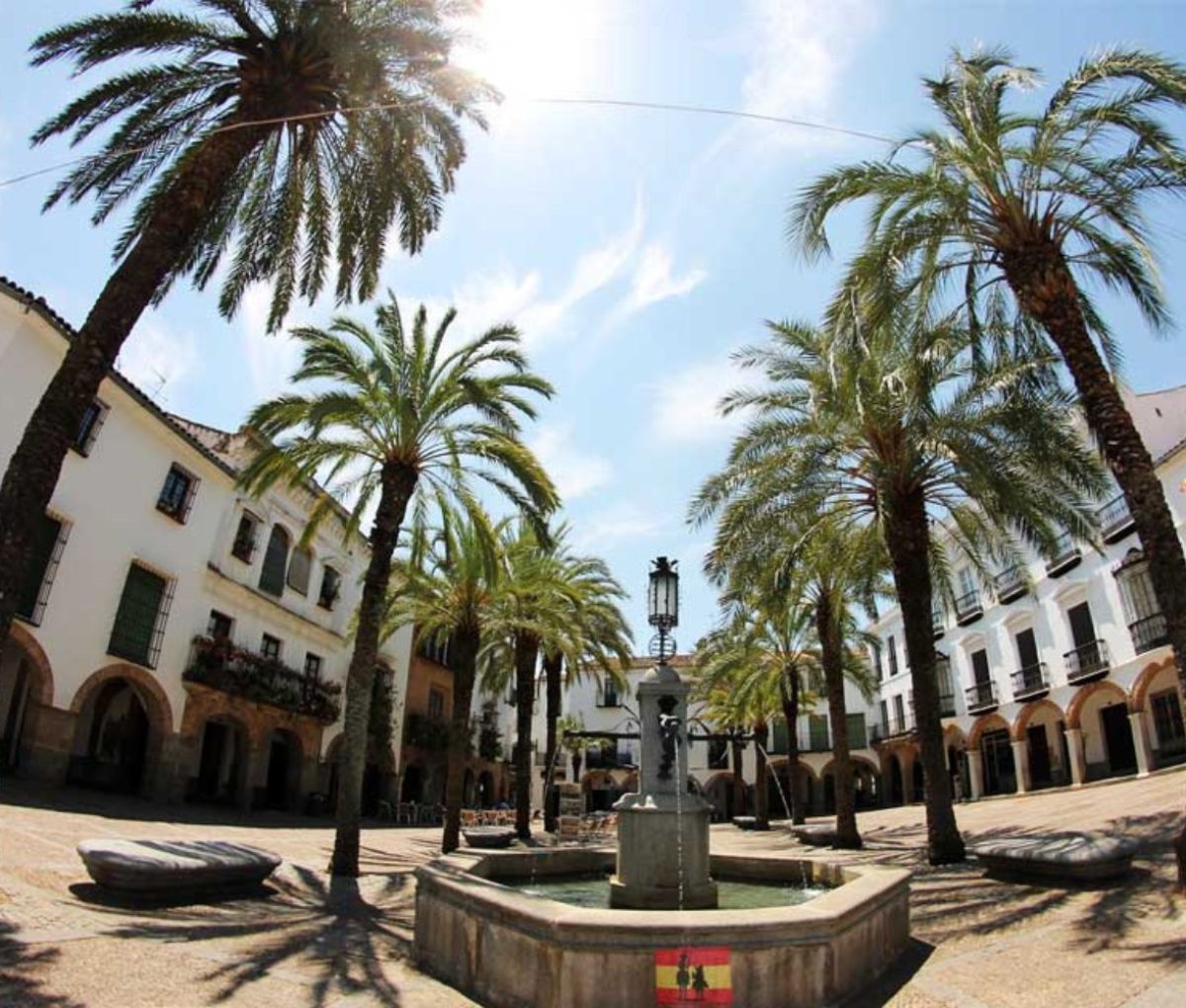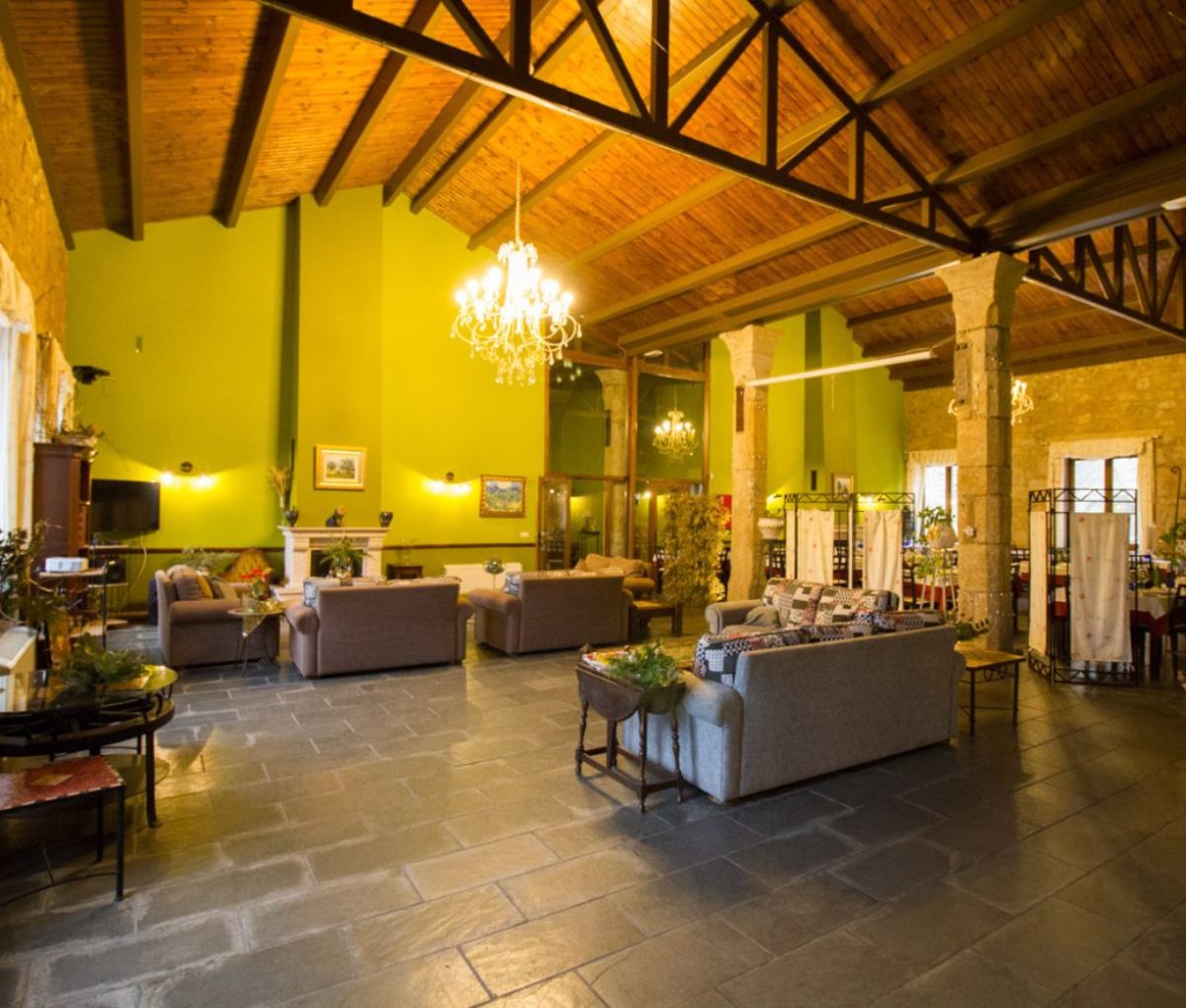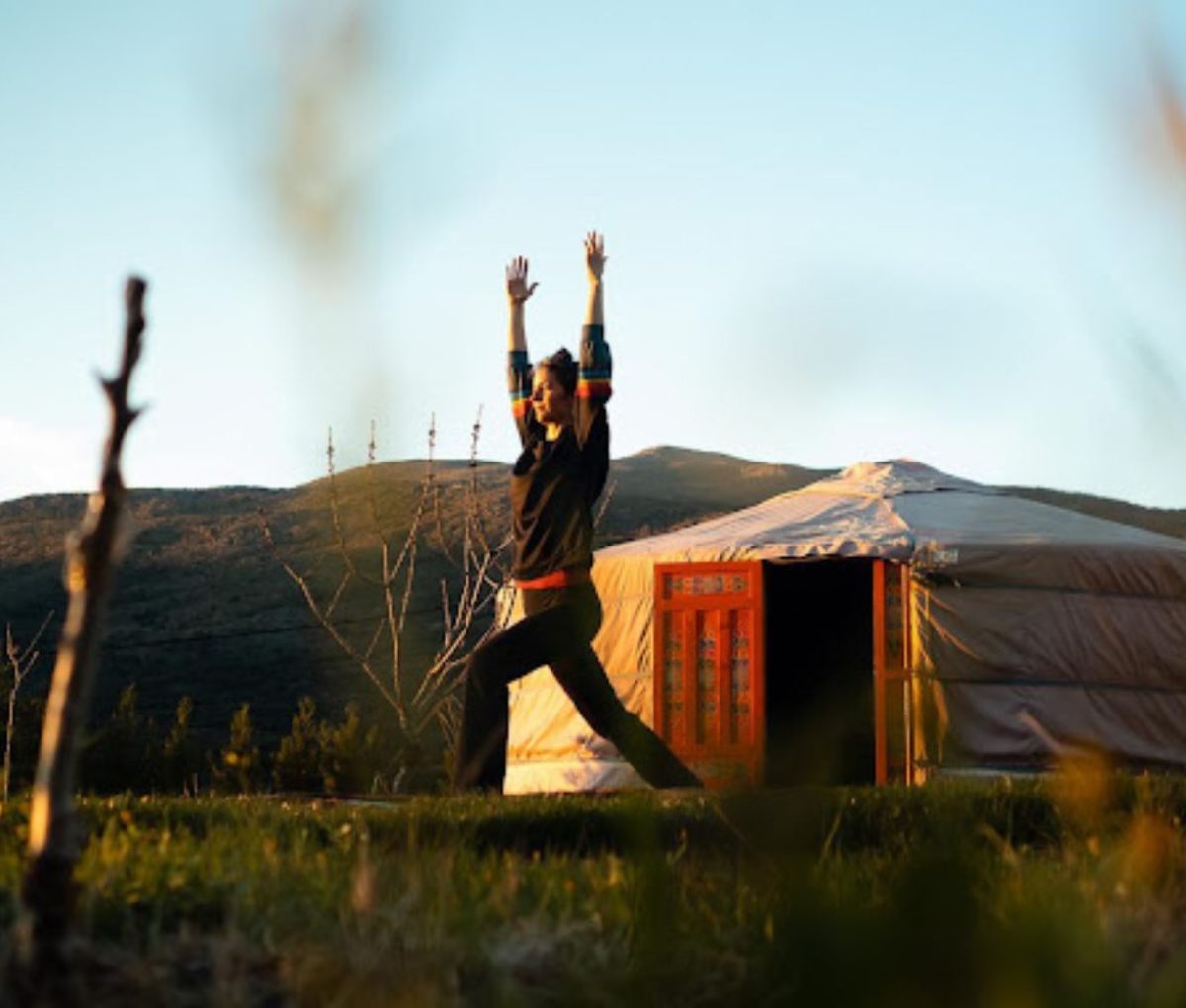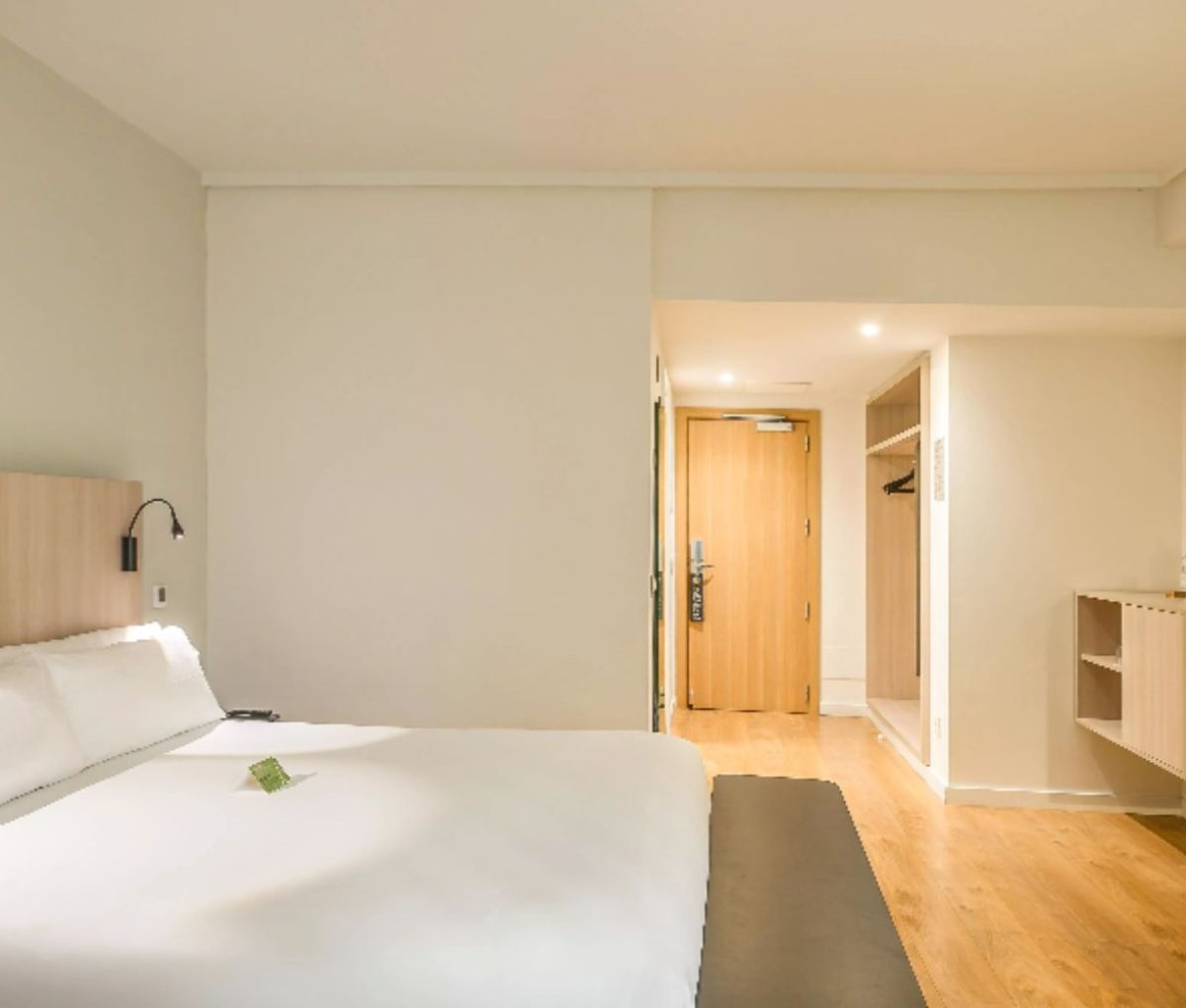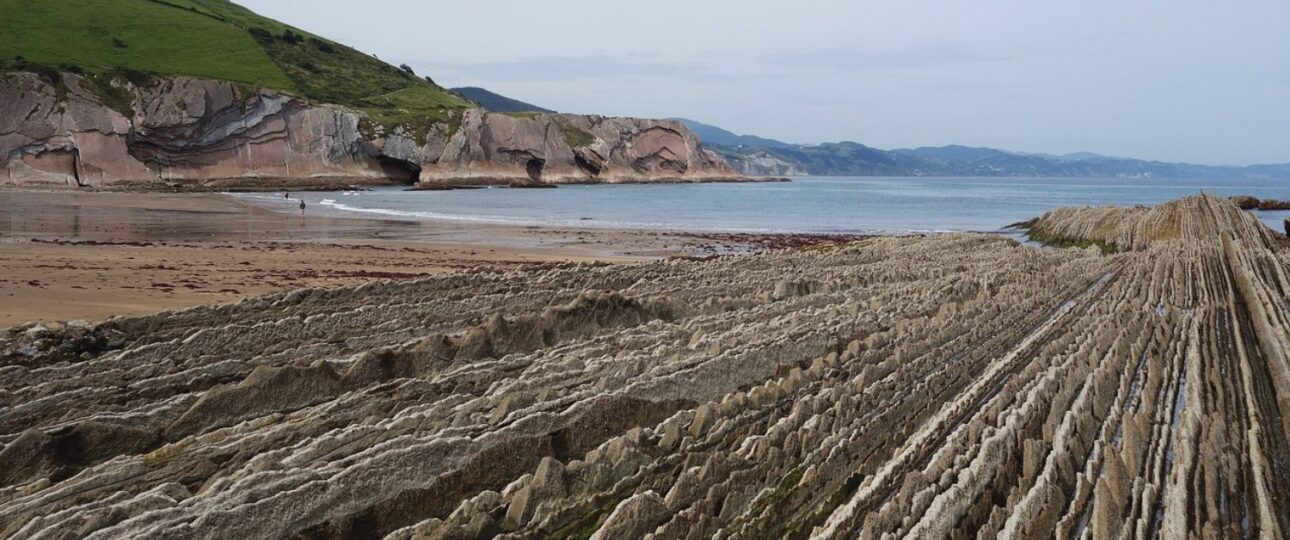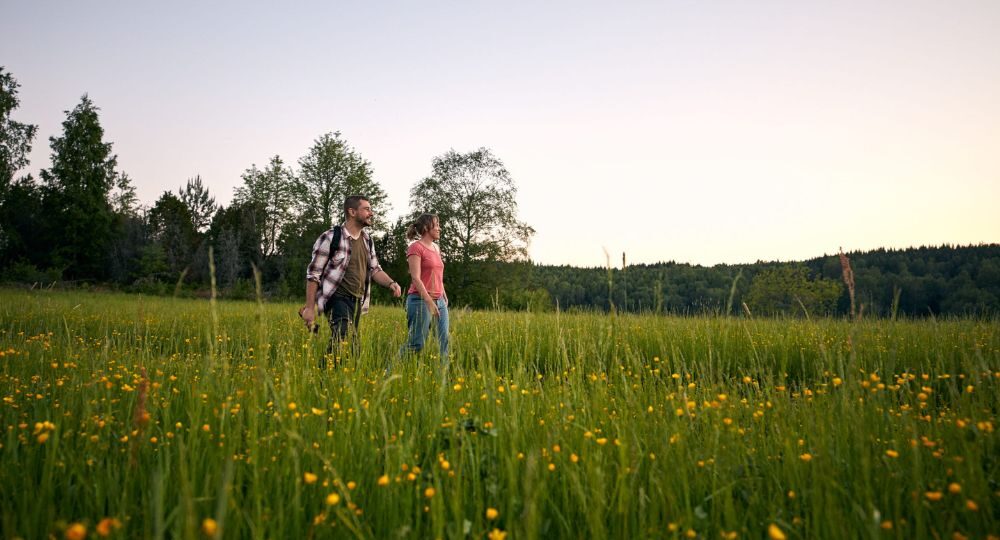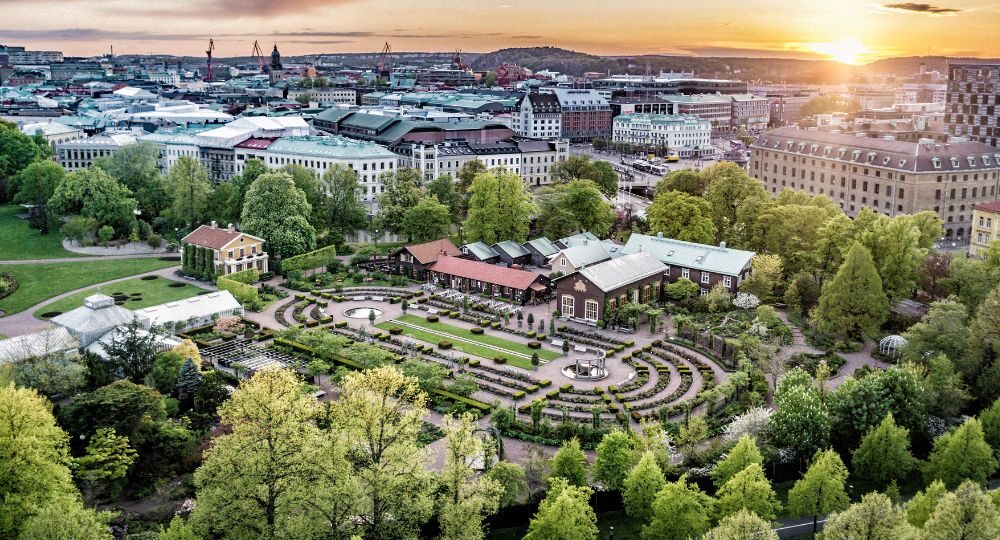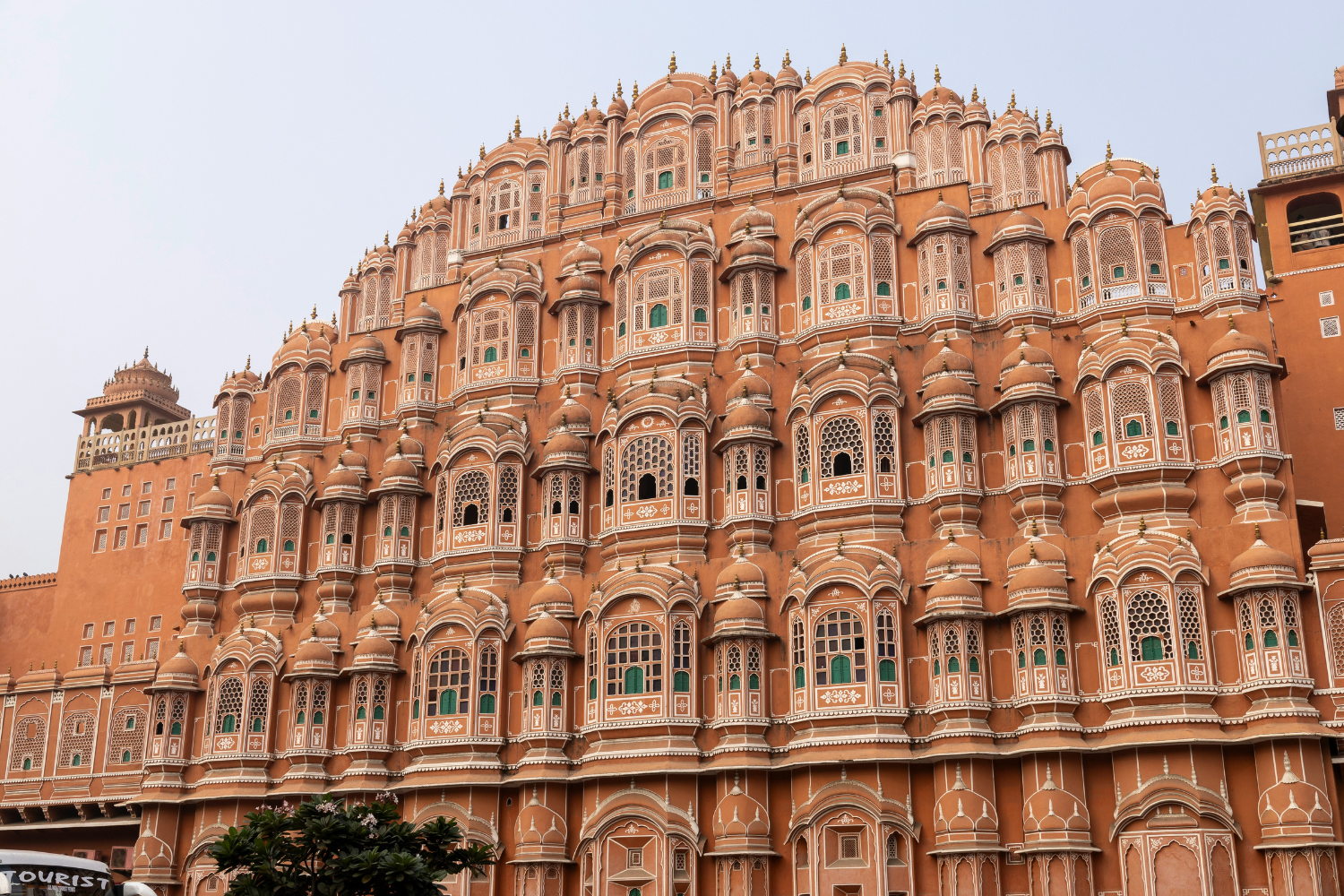On this 13-day Sustainable Journey, you’ll discover Extremadura’s nature, history, and delicious cuisine on a unique trip that takes you to many magical and unspoilt places. Starting in Spain’s capital, Madrid, where you’ll collect your hybrid car rental, you’ll drive to the medieval town of Plasencia in the Jerte Valley for the start of your Extremadura adventure. After a day exploring the Monfragüe National Park, you’ll continue on to the rugged landscapes of the Sierra de Gata, where you’ll experience the region’s finest wines and artisanal cheeses and even become a shepherd for the day. After visiting the Roman towns of Trujillo and Mérida, you’ll head to the southwest of Extremadura, where you’ll have some incredible gastronomic and astronomic experiences, all before returning to Madrid.
Journey Overview
Day 1 – Arrival in Madrid – Evening Tapas Tour
Day 2 – Madrid to the Valle del Jerte
Day 3 – Exploring the Valle del Jerte
Day 4- A trip to the Monfragüe National Park
Day 5 – A guided visit to Plasencia and on to Sierra de Gata
Day 6 – Exploring the Sierra de Gata
Day 7 – From Sierra de Gata to Trujillo and Mérida
Day 8 – Exploring Mérida
Day 9 – From Mérida to the regions of the Southwest of Extremadura
Day 10 – Exploring the regions of Southwest Extremadura
Day 11 – A Ham Safari in the Southwest
Day 12 – Farewell Extremadura
Day 13 – Depart Madrid
What’s Included?
- Accommodation: 12 nights
- Meals: 12 breakfasts, 1 lunch on day 10 as part of gastronomic experience, 1 dinner on arrival in Madrid on the Tapas Tour
- Hybrid car hire
- Activities: A tapas tour on day 1, a guided tour in Jerte Valley on day 3, a guided day trip to Monfragüe National Park on day 4, a guided tour of Plasencia on day 5, a gastronomic experience (goat farm) on day 6, a guided walk of Trujillo on day 7, a guided tour of Mérida including entrance fees to archaeological sites on day 8, a gastronomic experience (livestock farm) on day 10, an astronomy experience on day 10, and a guided Ham Safari on day 11.
What’s not included?
- Travel to and from Spain by air or rail and ferry
- Pre or post tour accommodation
- Meals and drinks not mentioned as ‘included’
- Public transport
- Personal travel insurance
- Gratuities
- Optional activities and tours including hot air balloon experience
How is this a Sustainable Journey?
Visiting lesser known destinations: This tour of Extremadura encourages travellers to explore a lesser visited region of Spain, contributing directly to each of the communities visited by staying in locally owned accommodations, eating at local establishments, and using locally owned tour providers. All of the experiences allow for stops in beautiful places that would be missed if only visiting the capital city and larger towns. Visiting Plasencia, Trujillo, and Mérida supports the ongoing conservation of these heritage towns, and by using the services of local guides and visiting their historical monuments, you’re contributing directly to the local economy and their communities. The same applies to the Valle de Jerte and Monfragüe National Park, where, once again, you’re contributing directly to their preservation as well as the local economy.
Accommodations: Wherever possible, we use locally owned and managed accommodations. You make a positive impact by contributing directly to the area you are staying in, meeting the locals, and experiencing their hospitality, customs, and traditions. You will see that some of the accommodations selected for you in Extremadura are heritage buildings, and your stay helps contribute to their conservation. In addition, most of them have been recognised for their sustainability practices through various awards and certifications.
Food and drink: During this tour, you will sample many local specialities as well as a wide range of produce sourced straight from the land, giving you the chance to experience different flavours and traditional recipes that are localised to their regions. By eating in small, local establishments, you are supporting the local economy and contributing to the preservation of their regional and local gastronomic cultures. Your visits to an artisan cheese dairy, livestock, and ham farms, as well as experiencing the work of goat shepherds, not only open your eyes to the traditions and culture of this rural part of Spain but contribute directly to their preservation, helping to raise the profile of these businesses and their workers, who, without the opportunities provided, tend to leave the rural areas for the cities. And while all this gives your hosts the opportunity to impart their local knowledge, it also gives you quite different and unique experiences, while also ensuring there are no unnecessary food miles.
Local staff: Your hosts and guides are predominantly local people living in the destination. They own, manage, or are employed by each hotel, activity provider, or tour company, meaning the money paid to them goes directly into the local economy.
What are the Sustainability Challenges?
Transport: Using public transport is considered an integral part of any Sustainable Journey and while in Madrid, you’re encouraged to make good use of the local metro. However, due to the distances involved in exploring Extremadura, we have chosen to rent a hybrid car. On a number of days, the car is the most practical choice of transport, allowing you to discover many villages and towns without spending time on public transport to get to less well-served areas, and choosing a hybrid helps to limit your emissions. A 100% electric car could be problematic in some rural areas where charging stations are less likely to be available.
Exploring the Jerte Valley on day 3 involves the use of a 4×4 vehicle, as certain places in the valley are only accessible by this mode of vehicle.
If you have longer to spend in Spain, do make use of its well-developed public transport network, which is known for its efficiency and great connectivity. Getting around cities such as Madrid and Barcelona is easy on their metros, buses, trams, and suburban trains, while the high-speed trains are a convenient way to travel between different regions of the country.
Water: There is no escaping the fact that for the past few years, many parts of Spain have been suffering drought, enduring extended periods of below-average rainfall and exceptionally high temperatures. And it does not yet show any sign of relenting. All parts of Spain can be affected, as are many parts of the world. While Extremadura is one of the lesser visited parts of Spain and doesn’t suffer the levels of ‘over-tourism’ that other regions may at times, visiting during the cooler months is recommended, and, whatever time of year you do go, we strongly urge you to use water responsibly and with great care.
Optional hot air ballooning activity: There is an ongoing debate about the environmental impacts of hot air ballooning, not only considering the fuel used but also the ecological impacts of take-off and landing and the cradle-to-grave aspects of the materials used for the balloon itself. The company selected, Extremadura en Globo, uses propane gas to fuel its balloons. While propane is a fossil gas, it is considered to be one of the cleanest burning fossil fuels, releasing small amounts of emissions when burned. This is an optional activity, which, if booked, will be calculated and included in the total carbon emissions count.



